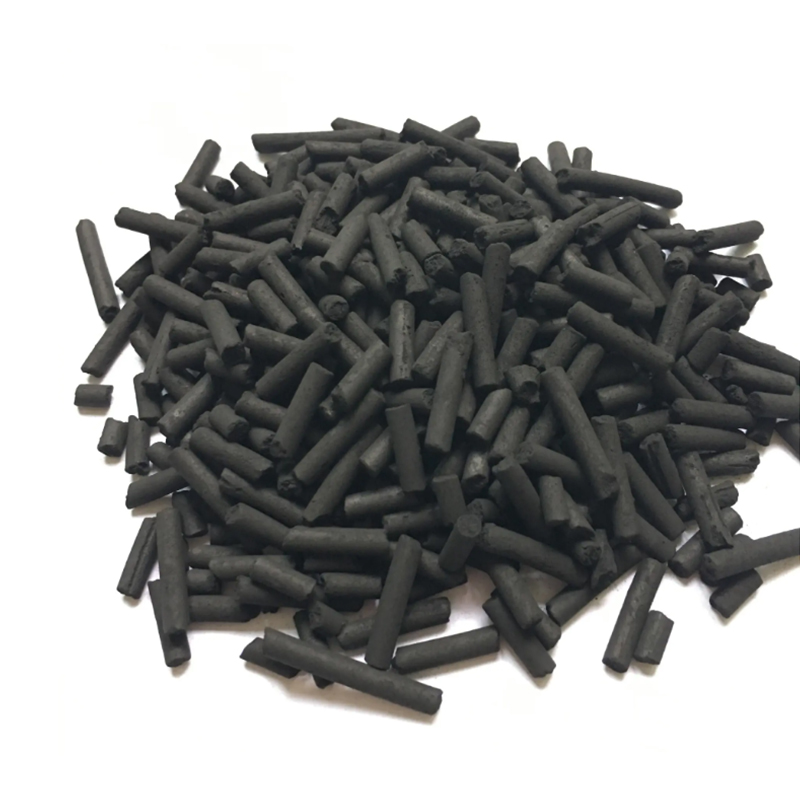
FAQ: 1. Question: What are the filter materials for glass rings and activated carbon fish tanks? Answer: Glass ring is a cylindrical glass filter medium commonly used in biological filtration systems. It provides a large surface area for microbial attachment and bacterial growth to help decompose harmful waste such as ammonia, nitrite, and nitrate. Activated carbon is a carbonaceous material used to remove impurities such as organic pollutants, odors, and pigments from water. 2. Question: How are glass rings and activated carbon used in fish tank filtration systems? Answer: Glass rings are usually placed in filter tanks or specific baskets in filters. Water enters the filtration system from the fish tank and passes through a glass ring, where bacteria grow and decompose waste. Activated carbon is usually placed in a basket in a filter, and when water passes through it, it will adsorb organic pollutants and odors. 3. Question: How often do glass rings and activated carbon need to be replaced? Answer: The frequency of replacement depends on the size of the fish tank, the number of fish, and the water quality conditions. It is generally recommended to regularly inspect the glass ring. If it is found that its surface area has increased or become dirty, it can be cleaned or replaced. As for activated carbon, it is usually recommended to replace it every 1-2 months to ensure the continuous effect of its adsorption capacity. 4. Question: What is the impact of glass rings and activated carbon on the water quality of fish tanks? Answer: Glass rings help bacteria remove harmful waste and improve water quality by providing surface area and biological attachment points. Activated carbon can effectively remove organic pollutants and odors from water, providing clear and transparent water quality. Their use can help maintain the stability and health of fish tank water quality. 5. Question: How to clean the glass ring and activated carbon? Answer: The glass ring can be cleaned regularly by gently rinsing or gently tapping with water to remove dirt and sediment adhering to the surface. For activated carbon, it is generally recommended to replace it regularly instead of cleaning, as cleaning may weaken its adsorption capacity.

